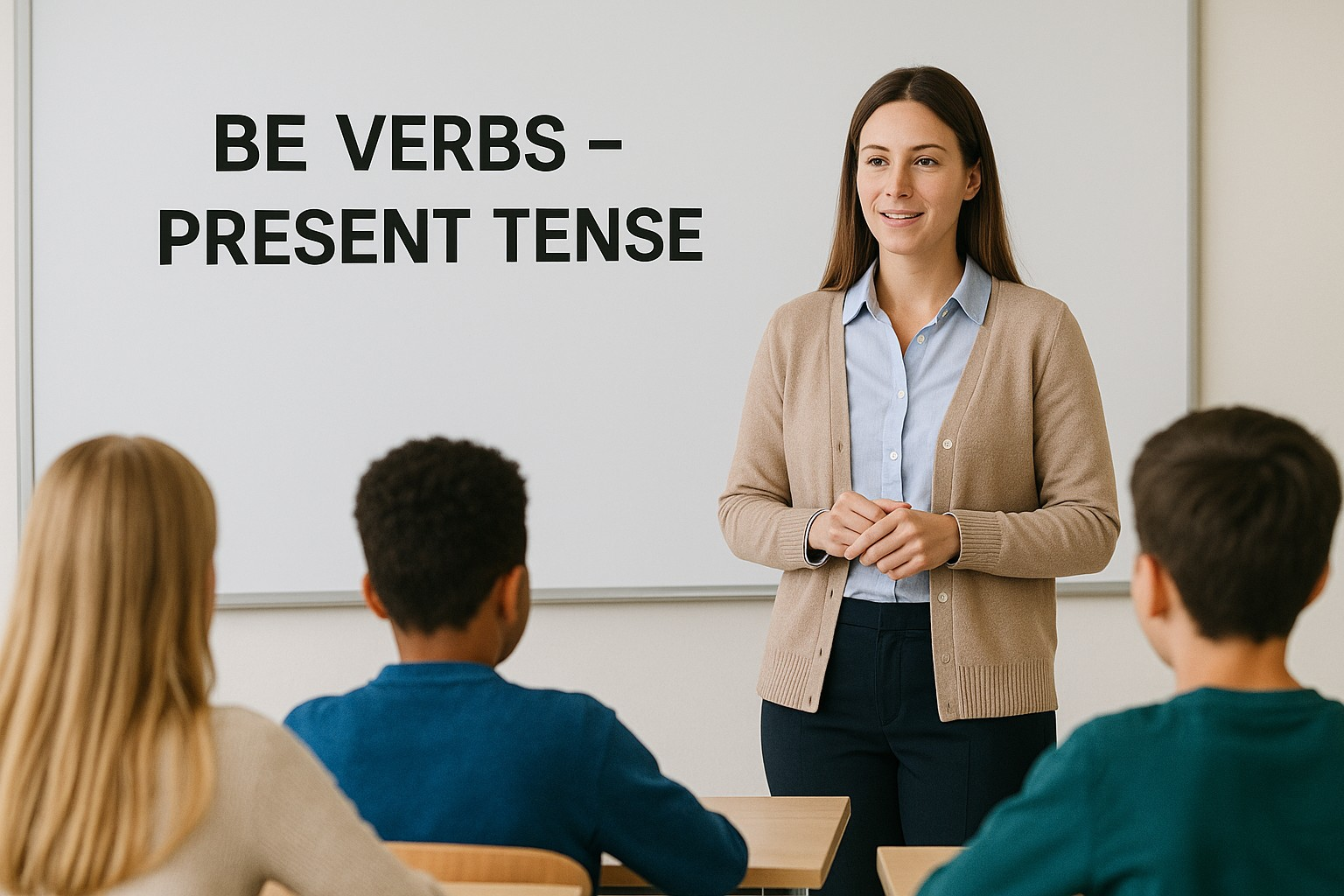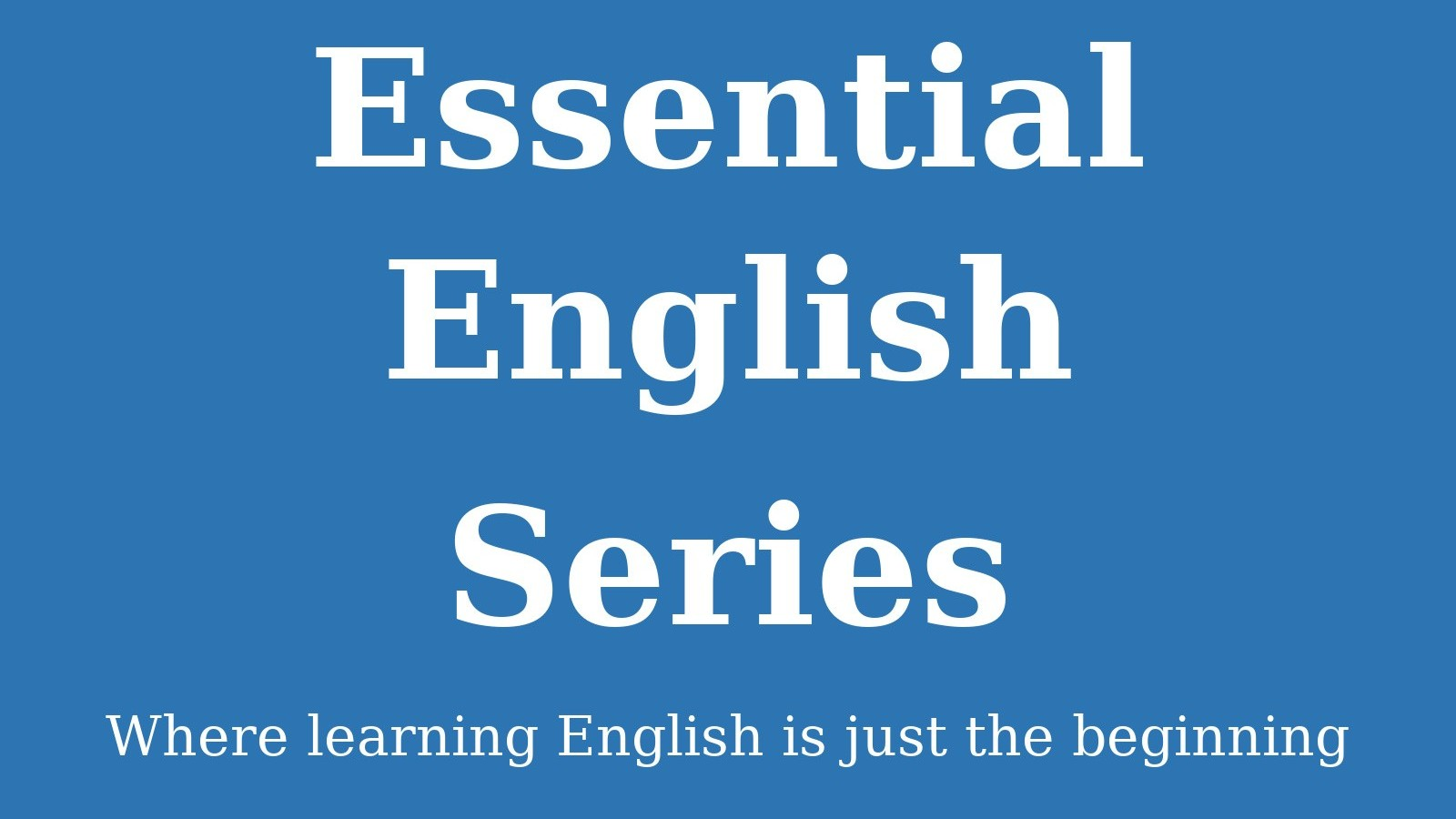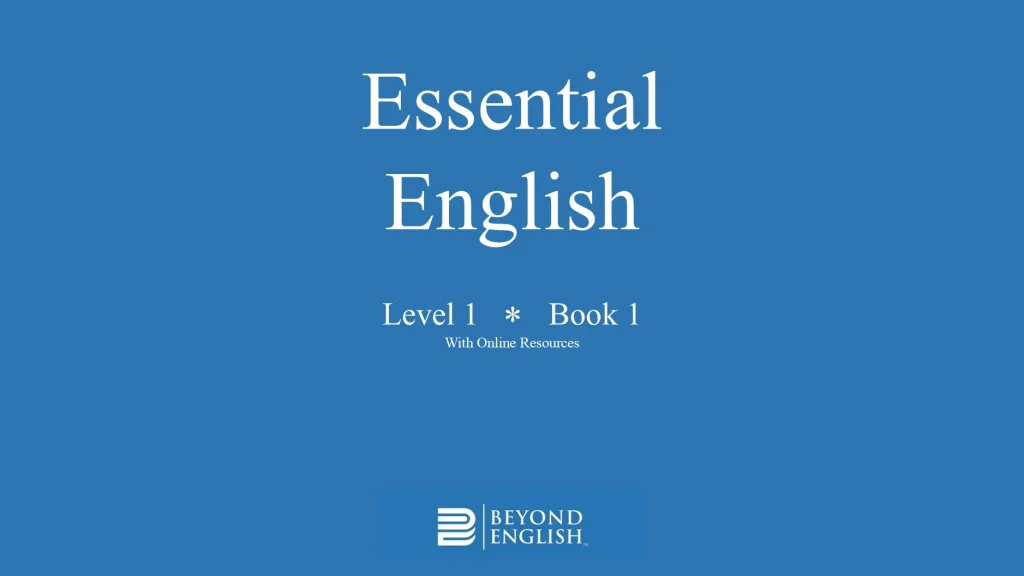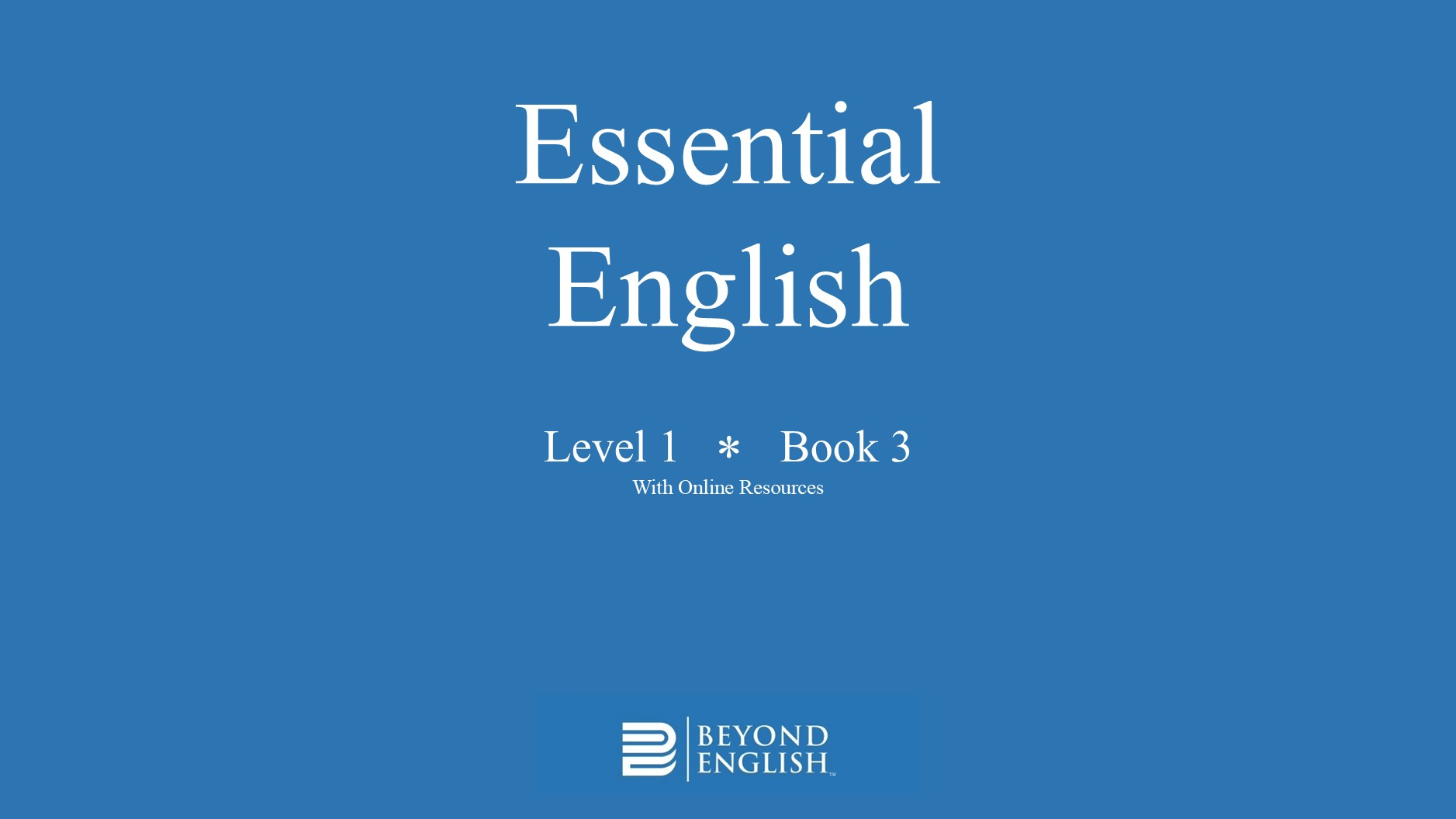Be verbs are small but powerful words in English! We use am, is, and are to describe people, places, and things in the present tense. For example, we say I am a student, She is happy, or They are in class.
In this lesson, you’ll learn how to use be verbs correctly, avoid common mistakes, and sound more natural when speaking English. Don’t forget to request your free Be Verbs Practice PDF at the end of this post to keep improving your grammar and pronunciation!
Be Verbs – Subject-Verb Agreement
The Be verb must agree with the subject to make the sentence correct (Subject-Verb Agreement)
There are three forms for Be verbs in the present tense:
1. Am
We use ‘am’ with the subject pronoun I.
This form is for statements about oneself.
I am on the first floor.
I am next to the desk.
I am excited.
2. Is
We use ‘is’ with the subject pronouns he, she, it, and singular nouns.
This form is used to talk about one person or thing.
The teacher is between John and Bobby. She is intelligent.
The trash can is under the desk. It is empty.
John is sleepy. He is tired.
3. Are
We use ‘are’ with the subject pronouns you, we, they, and plural nouns.
This form is used to talk about more than one person or thing.
The notebooks are in the drawer. They are new.
The pens are on the table. They are black.
Alejandra and I are under the projector. We are nervous.
Be Verbs – Structure
We use the following structure for affirmative statements
| Subject | Be Verb (am, is, are) | Other Information |
| I | am | happy. |
We use the following structure for negative statements
| Subject | Be Verb (am, is, are) | not | Other Information |
| He | is | not | a student. |
We use the following structure for Yes/No questions.
| Be Verb (am, is, are) | Subject + from | Location |
| Are | they | students? |
We use the following structure for short answers
| Yes/No, | Subject | Be Verb (am, is, are) + (not) |
| Yes, | she | is. |
| No, | they | are not. |
We use the following structure for Wh- questions
| Wh- Word | Be Verb (am, is, are) | Subject |
| Where | is | the coffee shop? |
When do we use Be verbs?
1. With an adjective to describe someone or something
Adjectives can come after the Be Verb. They describe the subject.
Alejandra is pretty.
The adjective ‘pretty’ describes the subject ‘Alejandra.’
The homework is easy.
The adjective ‘easy’ describes the subject ‘The homework.’
Grammar exams are difficult.
The adjective ‘difficult’ describes the subject ‘grammar exams.’
They are friendly.
The adjective ‘friendly’ describes the subject pronoun ‘They.’
2. With a noun to classify the subject
Mary is a teacher.
You are a student. (singular) You are students. (plural)
They are friends.
We are students.
3. With physical or emotional states
My books are heavy. (physical state)
She is tired. (physical state)
They are happy. (emotional state)
We are excited. (emotional state)
4. To Talk about the Weather. Use “It” as the subject when talking about the weather.
It is hot in Merida.
It is sunny today.
It is cold in New York City in December.
5. To Talk about the Time. Use “It” as the subject when talking about time.
| It is 9:00AM. | It is in the morning. |
| It is midnight. | It is in the afternoon. |
| It is noon. | It is at night. |
6. To Talk about the Day, Month, or Season. Use “It” as the subject when talking about the day or the date.
| It is Saturday. | It is the weekend. |
| It is August. | It is summer. |
| It is October. | It is fall. |
| It is December. | It is winter. |
| It is March. | It is spring. |
7. Use a Be verb with a location
My sisters are in Dallas.
The restaurant is on San Pedro Ave.
My parents are at 1704 Maberry St.
Shakira and I are from Colombia.
Contractions with Be Verbs
Contractions are used for casual speech and informal writing.
Contractions combine two words. The apostrophe (’) replaces the letter removed from the Be verb.
In affirmative statements with Be verbs, we can combine a subject pronoun and a form of the Be verb.
| Full Form | Contraction |
| I am | I’m |
| You are | You’re |
| He is | He’s |
| She is | She’s |
| It is | It’s |
| We are | We’re |
| They are | They’re |
We can also combine a singular subject and the Be verb ‘is’ to form a contraction. We replace the letter ‘i’ with an apostrophe (’)
| Full Form | Contraction |
| The book is on the table. | The book’s on the table. |
| John is late. | John’s late. |
| The teacher is nice. | The teacher’s nice. |
| The computer is in my backpack. | The computer’s in my backpack. |
✅ The markers are on the table.
In negative statements with Be verbs, there are two ways to make contractions.
1. Contract the subject pronoun and the Be verb or a singular subject and ‘is’
| Full Form | Contraction |
| I am not at home. | I’m not at home. |
| He is not a student. | He’s not a student. |
| She is not a teacher. | She’s not a teacher. |
| It is not on the desk. | It’s not on the desk. |
| We are not in the cafeteria. | We’re not in the cafeteria. |
| They are not on the second floor. | They’re not on the second floor. |
| Alejandra is not in class. | Alejandra’s not in class. |
2. Contract the Be verb and the negative.
| Full Form | Contraction |
| He is not a student. | He isn’t a student. |
| She is not a teacher. | She isn’t a teacher. |
| It is not on the desk. | It isn’t on the desk. |
| We are not in the cafeteria. | We aren’t in the cafeteria. |
| They are not on the second floor. | They aren’t on the second floor. |
| Alejandra is not in class today. | Alejandra isn’t in class today. |
There is only one form for “I am not.”
You contract the subject pronoun ‘I’ and the Be verb ‘am’.
I am ✅ I’m
You cannot contract am and not ❌ amn’t
I am not ✅ I’m not
✅ I’m not in the language lab.
English pronunciation of contractions.
❌ She happy.
✅ She is happy.
❌ They is at school.
✅ They are at school.
❌ I amn’t tired.
✅ I’m not tired.
❌ Where you are from?
✅ Where are you from?
❌ He’s teacher.
✅ He’s a teacher.
Want extra exercises to master am, is, and are?
Request your free Be Verbs Practice PDF
Fill out the short form below!
Remember! Learning a language is not about perfection—it’s about progress. Keep practicing, stay curious, and trust the process. You are moving beyond English to more opportunities, connections, and self-expression!






